Diving with the Minister of State
 June 9, 2013
June 9, 2013
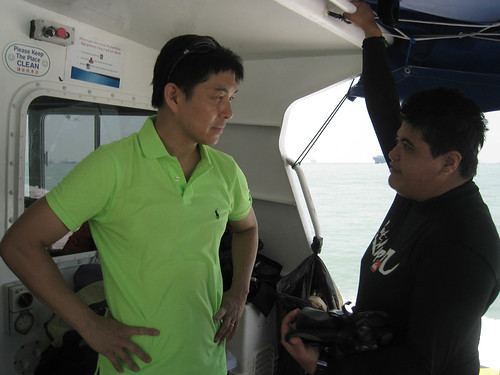
Every once in awhile, we are given a unique opportunity to showcase our marine life to some unique individuals who are influential, and possess a significant capacity to make a difference for our reefs! Today was one of those days as Senior Minister of State, Tan Chuan-Jin, came out diving with us! As this was a rare opportunity – we kept our fingers crossed that the visibility would be better than the previous days, and that all the critters would come out and exhibit their splendor! We took these expectations and headed to the reefs of Pulau Tekukor! Above: Dr Zeehan Jaafar (Smithsonian/NUS) shares interesting facts about local reefs and fauna with Minister Tan Chuan-Jin.
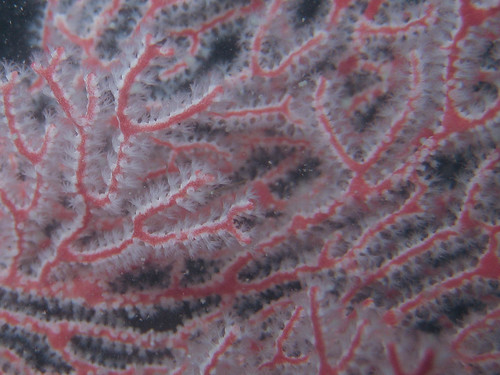
Tekukors Reefs are real magical to explore because of the impressive sea fans and sea whips. Today, the polyps were all out and busy feeding.
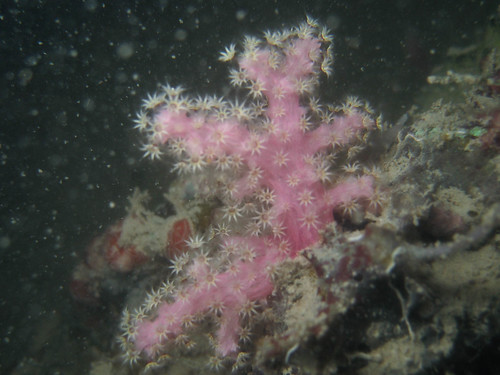
There were also beautiful soft corals!
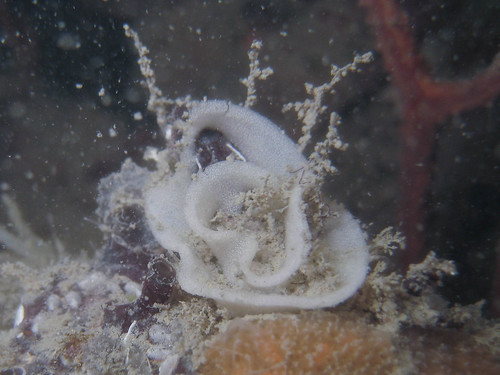
I also spotted a ribbon of nudibranch eggs! Though I didn’t manage to catch the nudibranch laying them, each time I see a ribbon of eggs I get all excited as it’s as if I am looking at the next generation and I feel full of hope and anticipation. This little ribbon of eggs here is testament that the little, fragile sea slugs on the reef have not stopped persevering despite the extremely challenging conditions they live in. This is inspiration for us to keep doing what we do, so that we can tell the story of the next generation, to the next generation!

I had thought this was an anemone at first. Only after returning to base camp and squinting at the photo did I realise it looked more like a crinoid. There are so many things on the reef that can be easily misidentified, or MISSED all together! Which is why this expedition is so important! We are only barely scraping the surface here!
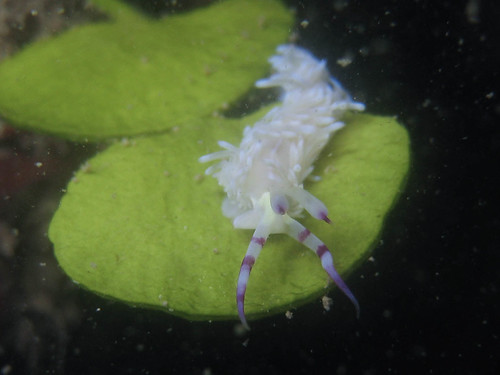
Pteraeolidia ianthina, one of the most common aeolids found, is commonly known as a “blue dragon” by divers because of its resemblance to a Chinese dragon. [1] Aeolids take their name from the Greek god of the winds, Aeolus because of the waving of their cerata resembles streamers in the wind (Tackett and Tackett 2003). One of the most amazing facts about this modest-looking sea slug is that it is solar powered! This sea slug has evolved the ability to harness the sun’s energy for its own use. This is possible because the slug feeds on hydroids which contain symbiotic zooxanthellae, microscopic dinoflagellates that are photosynthetic — in other words that have the capability to make sugars from sunshine. The nudibranch farms these zooxanthellae within its own digestive diverticula. The zooxanthellae then convert the sun’s energy into sugars. The sugars are used by the slug. [2] As I often get gastric attacks, I could really use with such an adaptation; then I wouldn’t have to carry so much snacks around with me all the time!
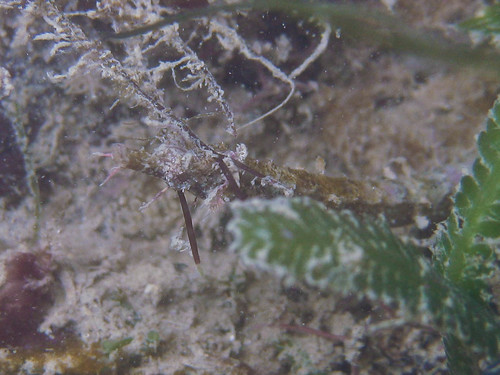
Something else that is easily missed on the reef is this Winged pipefish Halicampus macrorhynchus. I think this looks more like a Chinese dragon than the “blue dragon”, what do you think? Those appendages it has sticking out along the length of its body really helps to break up its outline and keep it well hidden on the reef, making the Winged pipefish a true master of camouflage.
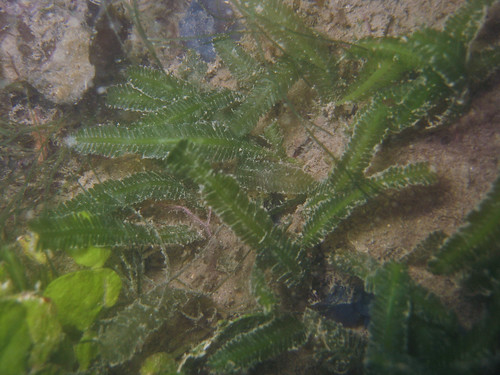
I also learned today, that this is NOT a seagrass, but a seaweed! Why am I staring at seaweed? Well, apart from me being a vegetarian and finding them yummy, seaweeds are also eaten by a wide range of creatures from snails to fish, crabs to sea urchins and special animals such as sea turtles. Small algae provide food for tiny grazers such as snails. Larger herbivores such as sea hares munch on bigger seaweeds. During a seaweed ‘bloom’ there can be a corresponding explosion in the number and variety of animals that eat that particular seaweed. As well as the predators that eat the seaweed-eaters. Seaweeds also provide shelter for small animals so that they can hide from their predators. Some animals like squids, cuttlefishes and octopus may also lay their egg capsules on seaweeds. [3]
Seaweeds can also affect the growth of other animals. Studies have shown that some seaweeds release chemicals that prevent coral larvae from settling down. Thus animals that eat seaweeds play a role in the balance of life on a reef. Finally, seaweeds taste much better than sea grass. Unless you’re a Dugong. Hardly anything eats sea grass. Here’s a quick guide on how to tell seaweeds from seagrass.

After our adventure at Tekukor, we headed to Big Sisters Island to explore, and I found this little critter on a crinoid. Unfortunately I didn’t manage to nick it and I have no idea what it is.
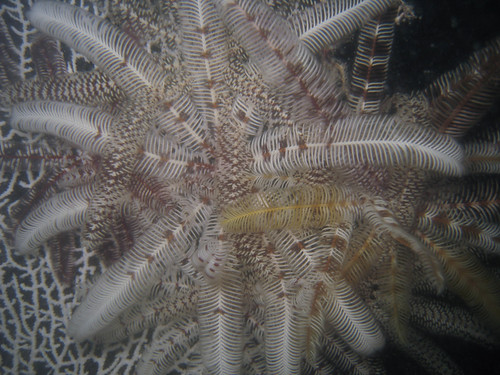
There were plenty of crinoids at Big Sisters. Some sea fans seemed inundated by them!
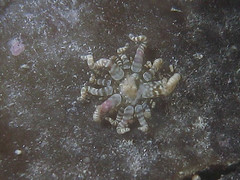
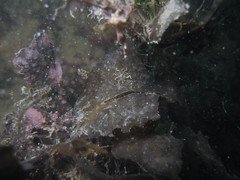
Remember that crinoid I thought was an anemone? Well, here’s an anemone that looks like that little crinoid! To give you an idea of how little it was, I’ve included a wide shot of the creature on a blade of macro algae (right).
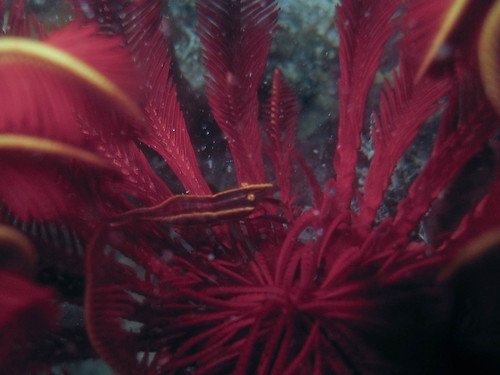
And more cryptic creatures hidden in crinoids, like this shrimp!
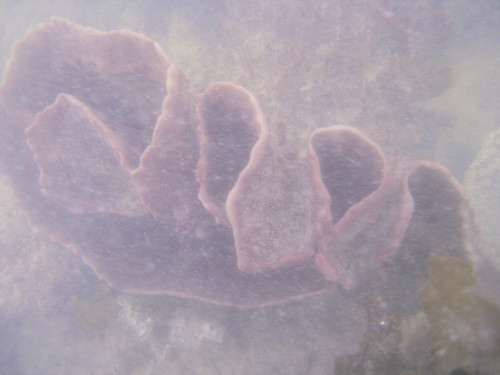
I also came across this barrel sponge that had twisted and turned around its environment, resulting in this bizarre and convoluted form! As you can see from the photo, the visibility was not great. This doesn’t mean the water is bad, it just means we had “bad weather”. Liken it to hiking in the mountains in the midst of a heavy fog or strong hail. The difference is, we can control this “bad weather”. The actions we do on land or along the coast, has direct influence over this “weather”. We can keep it this way, or we can make it better. Imagine what our reefs would be like without this much silt. My eyes grow wide every time I imagine that.
Here are the Tweets I posted from today’s expedition:
Traveling on board the Galaxea today! Looking forward to Day 7 of the Southern Expedition. Onward to St Johns Island! http://twitpic.com/cthov6
Ishak Nis, worked w NUS Dept for 30 yrs, his craziest sighting – a giant octopus @ Semakau, 1.5m wide! #MegaMarine http://twitpic.com/cti4wo
Minister Tan Chuan Jin meets a Pea Crab, which makes its home in a Pen Shell! #MegaMarine http://twitpic.com/ctidvx
Prof Ng from NUS and Dr Chan from NParks speak with the Media at St Johns Island #megamarine http://twitpic.com/ctidxq
Heok Hwee (left), scientific officer from NParks, gets his dive log autographed by Tan Chuan Jin (right) #MegaMarine http://twitpic.com/ctj3mb
This Poisonous reef crab uses powerful pincers to crush mollusks for food! @ Telukor this morning #MegaMarine http://twitpic.com/ctj4or
The collection fr this mornings Tekukor dive, w minister Tan Chuan Jin, arrive on St Johns to get sorted #MegaMarine http://twitpic.com/ctjezk
An octopus from this mornings intertidal at Semakau! #MegaMarine http://twitpic.com/ctjh6e
A winged-pipefish from this mornings dive at Tekukor! #MegaMarine http://twitpic.com/ctjh7j
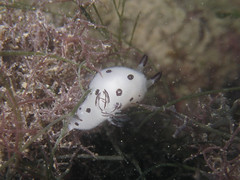
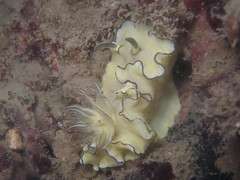
 Posted in
Posted in 



 content rss
content rss
COMMENTS